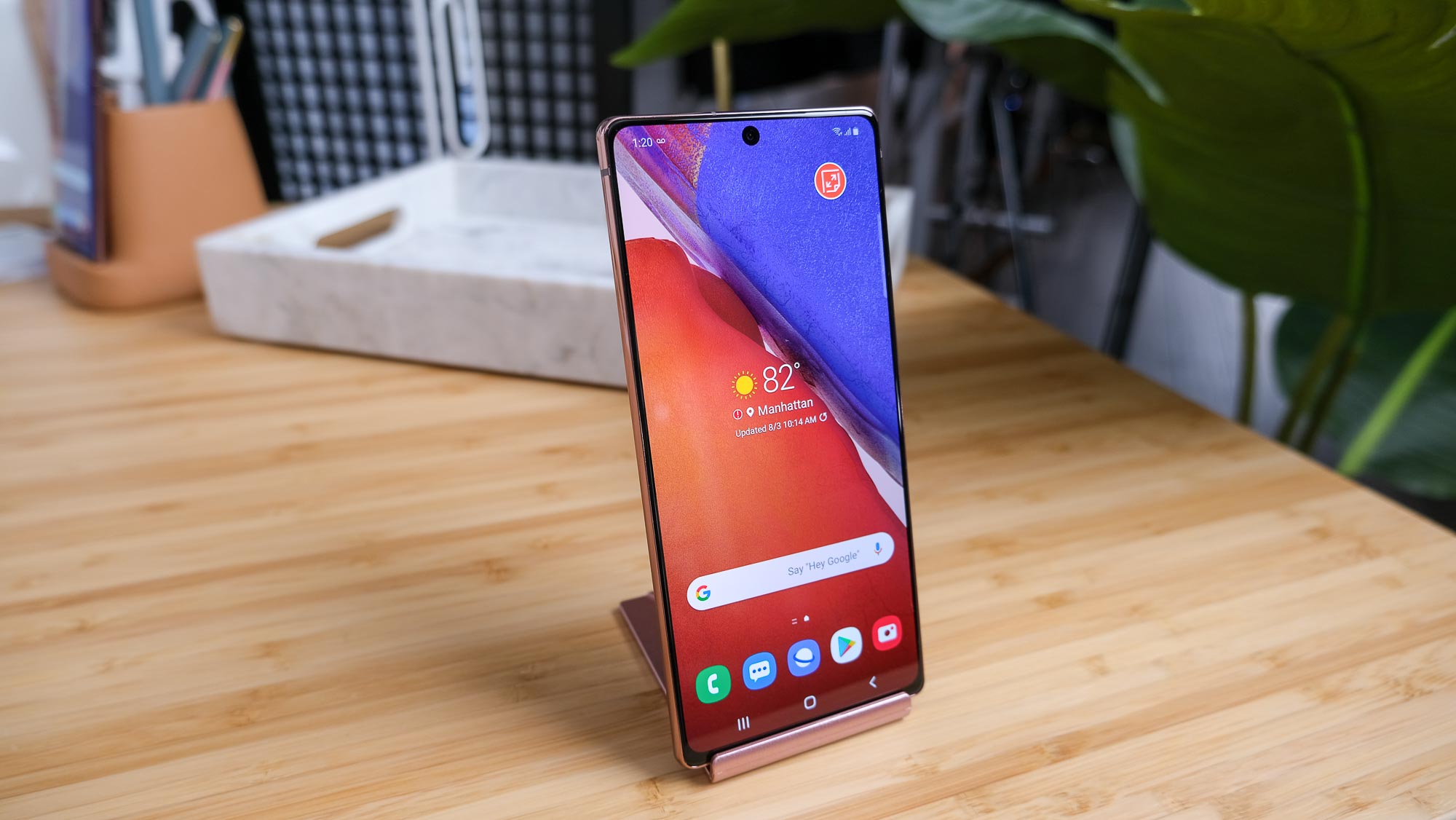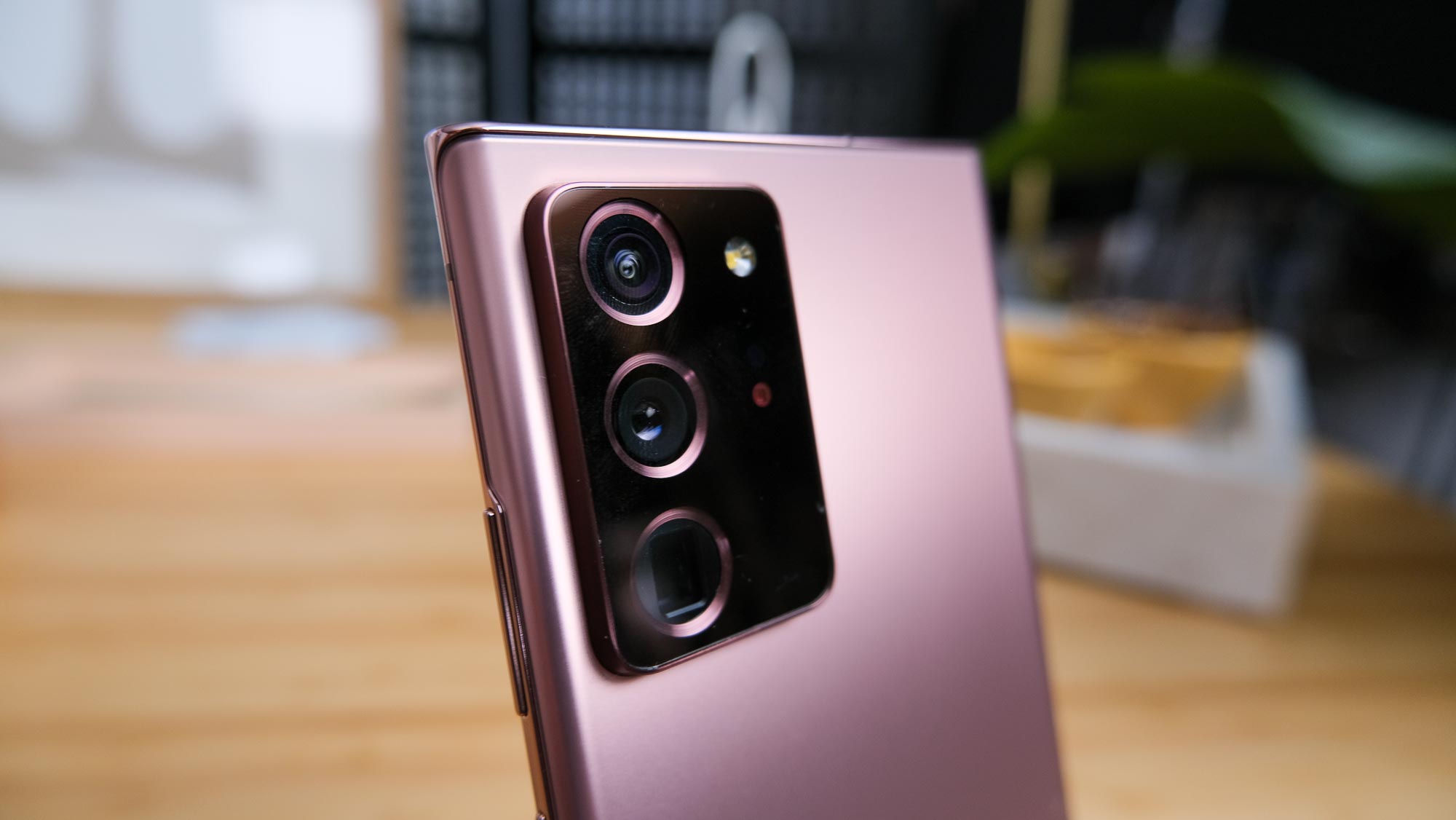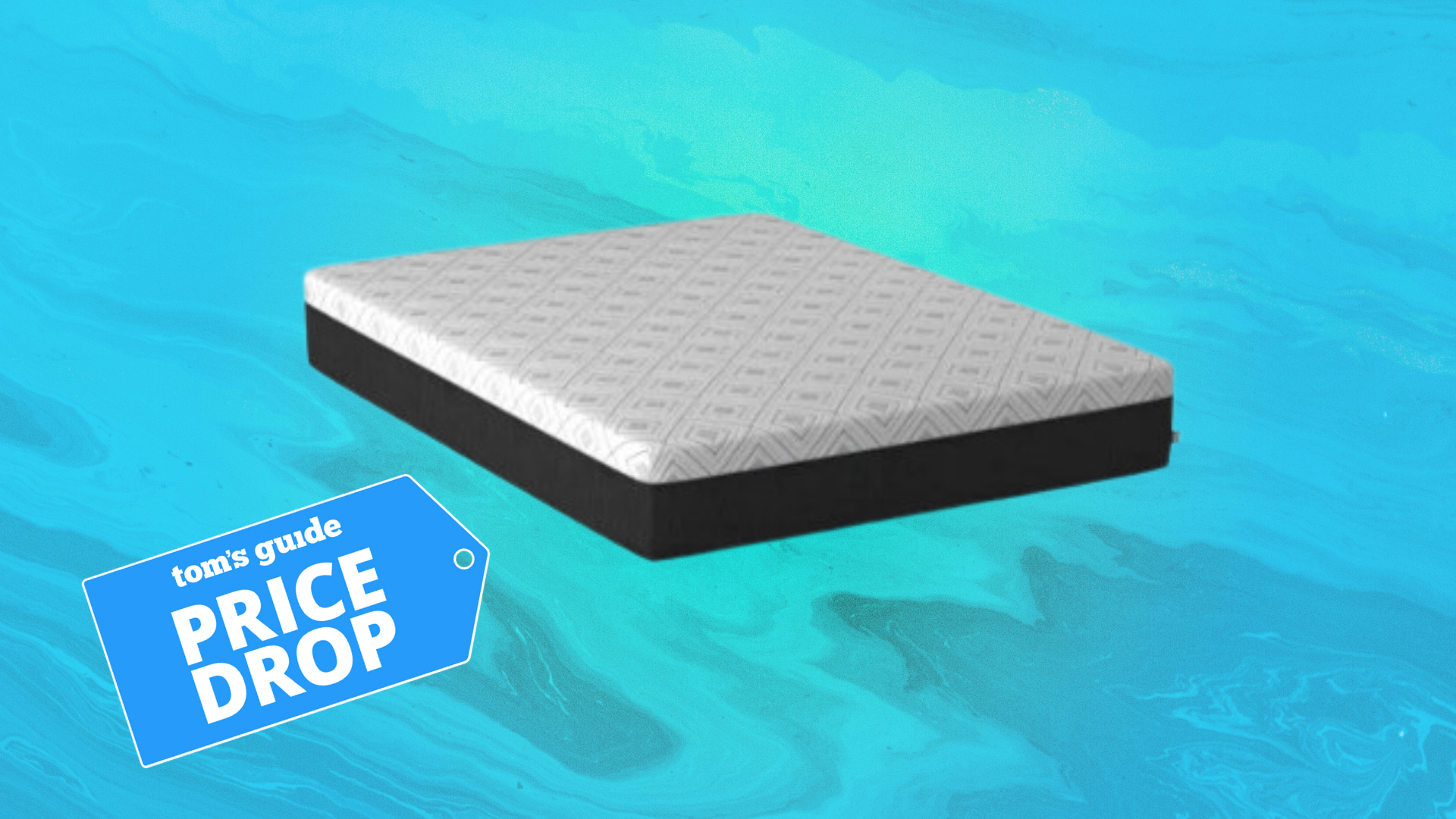Samsung Galaxy Note 20 is really a $1,000 Note 20 Lite — here's why
The smaller Note 20 gives up a lot versus the Note 20 Ultra in pursuit of a lower price

Samsung unveiled a flurry of new products at its Samsung Unpacked event yesterday, from the Galaxy Z Fold 2 and a pair of Galaxy Tab S7 tablets to the Galaxy Buds Live and a new Galaxy Watch 3. However, the Galaxy Note 20 Ultra was the true star of the show — and the regular Galaxy Note 20 decidedly wasn't.
Don't get me wrong: At $999, the 6.7-inch Galaxy Note 20 has plenty going for it, from its triple rear cameras to new S Pen actions and deep integration with Microsoft services, like Xbox Game Pass. But once you study the differences between the Note 20 and Note 20 Ultra, the former begins to feel like an afterthought.
- Samsung Galaxy Note 20 Ultra preview: Meet the ultimate big screen phone
- Comparing what's new: Samsung Galaxy Note 20 vs. Galaxy Note 10
- Just in: You can now run Android apps on Windows 10 — here's how
In the past, you could buy a Galaxy S, Galaxy Note or iPhone-branded device and know that you were getting the absolute best in mobile hardware offered that year. Then, a couple years ago, tech companies introduced bigger, plus-sized versions of their products, to accommodate those wanting roomier screens and longer battery life.
Eventually, certain luxuries started being reserved for the larger model in the range — an extra camera lens here, some more RAM there — leading us to the present, where the Note 20 and Note 20 Ultra are ostensibly two completely different devices: one a reflection of the past, and the other a look into the future.
The trouble is, the two models have diverged so dramatically with this new generation that the vast majority of features Samsung hyped during its presser belong exclusively to the $1,299 Note 20 Ultra — leaving the regular Note 20 feeling like a "Lite" model by another name. Particularly, the 120Hz LTPO display, improved 9ms S Pen latency, expandable storage support, primary 108-MP camera and 12GB of RAM are all absent from the $999 version.

Galaxy Note 20 vs. Note 20 Ultra: What's missing
This is everything you lose by opting for the Galaxy Note 20 over the Note 20 Ultra:
- Quad-HD display with 120Hz dynamic refresh rate: The Note 20 Ultra's larger 6.9-inch panel features new technology that allows it to scale its refresh rate dynamically depending on what's on screen, rather than forcing it to run at peak speeds at all times. This makes it more efficient on a charge. Meanwhile, the smaller Note 20 makes do with a lower resolution, 60Hz display.
- A much more advanced camera system: Not only does the Galaxy Note 20 have a sharper 108-MP main camera to the regular model's ordinary 12-MP stack — it also offers dedicated laser auto focus and 5x optical zoom via a telescopic lens. In fact, the Ultra's digital zoom can go as high as 50x, compared to the regular Note 20's 30x limit.
- Far less S Pen latency: In both Note 20 models, Samsung has reduced the delay between drawing with the S Pen and your actions appearing on screen. However, the Note 20 Ultra's latency is down to 9ms, while the cheaper model's has only been improved to 26ms. This partially due to the difference in screen technologies.
- A glass back: The Note 20 uses what Samsung's termed "reinforced polycarbonate," which is an elaborate way of describing plastic. There's nothing strictly wrong with plastic on phones (when done well, anyway), but the company confesses it's a change made with cost-cutting in mind.
- Expandable storage: The Note 20 comes with 128GB of storage built-in, but Samsung isn't selling a higher-capacity configuration, and the phone doesn't have a microSD card slot. For that privilege, you need to buy a Note 20 Ultra.
- 12GB of RAM: The regular Note 20 comes with 8GB of RAM. And while that's fine, it's actually on the lower end among premium Android phones, which can keep more apps running in memory and therefore move more swiftly between tasks. Even the OnePlus Nord has 12GB of RAM, and that phone is half the price of the new Note.
- Ultra wideband support: Ultra wideband technology allows you to use your device as a digital key, be it for a car that supports the feature, smart locks in your home, and so on. It also enables Nearby Share — think AirDrop on steroids — allowing you to send media and files to other UWB-equipped Galaxy products simply by pointing them at each other.
About the only good thing the two Note 20 models do have in common is Qualcomm's Snapdragon 865 Plus processor. That chip will deliver the finest performance of any Android phone in 2020 when all is said and done, and has already offered much promise in Asus' ROG Phone 3. Kudos where it's due there.
Get instant access to breaking news, the hottest reviews, great deals and helpful tips.
But smartphones are about more than silicon these days. In one sense, I'd actually rather have a Galaxy Note 10 over the Note 20. The new Note comes in just one configuration, with 128GB of storage, and you can't pop a microSD card in when you need more. Last year's Note 10 lacked expandable storage as well, but at least came with 256GB standard, offering far more peace of mind. And when you're already spending four digits on a phone, I'd argue peace of mind should come standard. What good is a phone that can capture 8K video if you can only record for 20 minutes before running out of space?
To me, the Galaxy Note 20 line starts and ends with the Note 20 Ultra. The $1,299 model has clearly received the bulk of Samsung's care and innovation. Sure, you get the same processor no matter which Note you choose, but the truly groundbreaking features that distinguish Samsung's mobile tech from its rivals — namely the adaptive 120Hz display, crazy-high megapixel main camera and 5x optical zoom — are all Ultra exclusives. The regular Note 20 has no answer to them; for $1,000, it only promises more of the same.
Adam Ismail is a staff writer at Jalopnik and previously worked on Tom's Guide covering smartphones, car tech and gaming. His love for all things mobile began with the original Motorola Droid; since then he’s owned a variety of Android and iOS-powered handsets, refusing to stay loyal to one platform. His work has also appeared on Digital Trends and GTPlanet. When he’s not fiddling with the latest devices, he’s at an indie pop show, recording a podcast or playing Sega Dreamcast.
